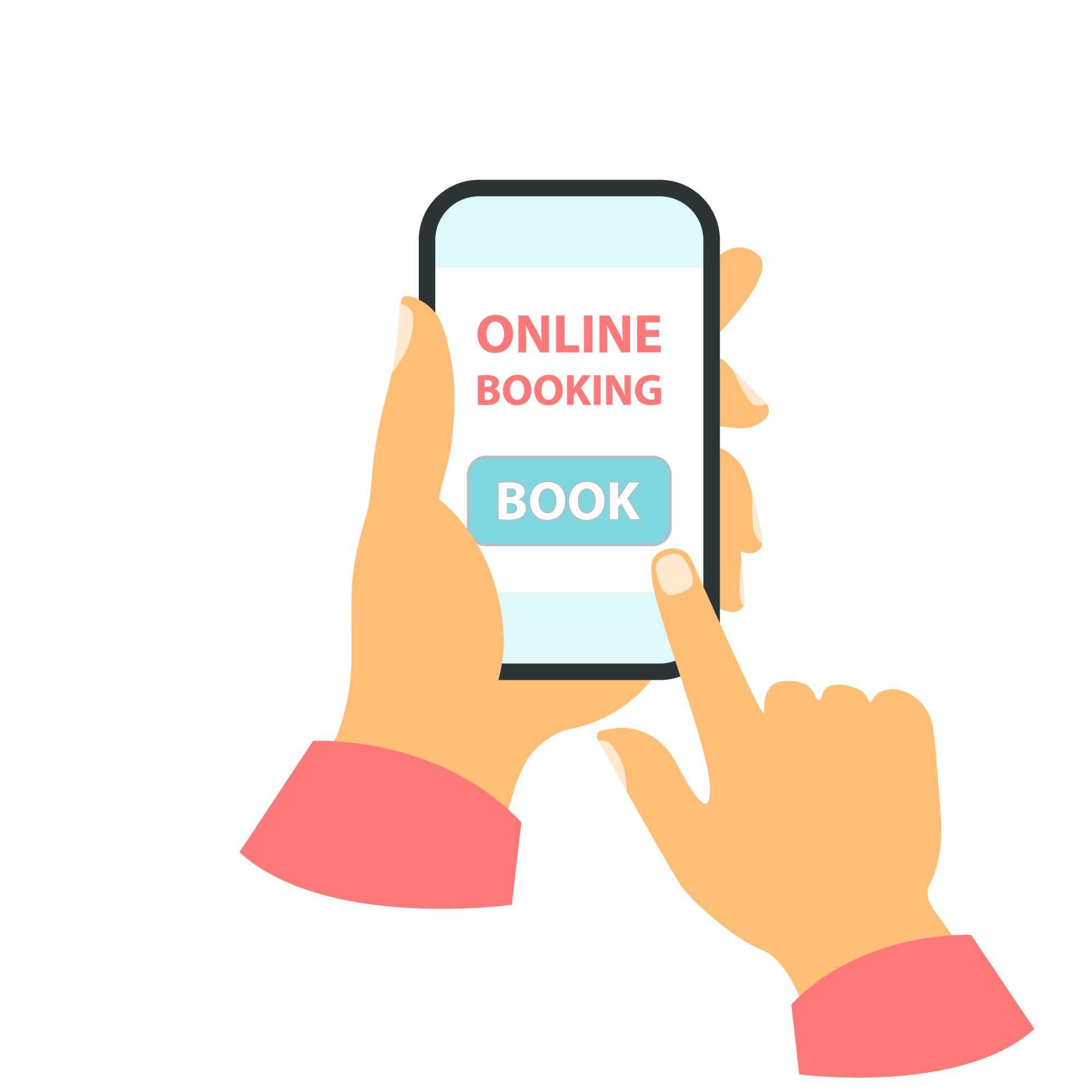The Importance of Personalizing the Sales Process

Sales and marketing teams are working to meet customer expectations by increasing personalization throughout the sales process.
The closer a company can get to a one-to-one experience with a prospect, the more likely it is a prospect will become a customer. Many companies are still working to solve the challenge of addressing customer needs, however, at every stage of the buyer journey.
Buyers lead the sales cycle, conducting research and reaching out to vendors when they're ready to move to the next stage. In order to stand out, companies must take this as an opportunity to build relationships and present key differentiators as soon as possible. A buyer-led sales cycle isn't linear; paired with B2B buyers who conduct research using the same tools and devices as B2C buyers, personalization is even more challenging.
As the number of connected devices continues to grow and technology becomes more and more present in our daily lives, a personal connection is often times invaluable and a way that companies can differentiate themselves and stand out. This is especially true during the buyer journey.
Even though today's prospects conduct their own research by consuming the content companies offer online, research supports the idea that buyers want meaningful interaction with salespeople. According to internal research conducted with Forrester, 29 percent of customers rely on face-to-face interaction and 20 percent with phone by the time they reach the Buy stage. For most B2B companies, the Buy stage includes receiving pricing information, reviewing return on investment, exploring integration with existing technology solutions and reviewing best practices guides. Plus, 18 percent of customers rely on peers to influence buying decisions at this stage.
In fact, the one constant throughout the buyer journey is peer influence, which can take any number of forms. That makes it critical for sales to recognize the power of peers and craft content that speaks directly to them, as well as to decision-makers. Content that includes a variety of use cases across departments is just one way to accomplish this.
If these immediate opportunities for critical face-to-face or phone interactions aren't created, it is important that complementary messaging, such as emails, website, calls-to-action (CTAs), marketing collateral, and more are personalized for target audiences. Here, marketers can rely on sales for input on how customers engage with sales materials to influence the messaging in emails and other marketing collateral. As a result, customers will benefit from more personalized messages and sales and marketing departments will experience further alignment.
In the buyer journey, speed especially matters at the "Buy" stage. If individuals are choosing between two products, the response time and personal approach of a vendor can make a big difference between moving to the final stage of the sales process or selecting someone else. This is where a tightly integrated tech stack comes in: salespeople with the ability to create personalized sales assets using data from disparate sources can offer deliverables more efficiently than sales teams without this advantage, and are more effective as well.
But the buyer journey doesn't end there, nor once a final decision has been made. For companies serving customers, the journey is truly just beginning. This is when personalization, customer experience and commitment to education are most critical.
At this point when the sale is done, it's more important than ever to be engaged. For instance, in-person sales interaction is most important at this stage, followed by vendor websites. While the vendor is responsible for providing ways to educate new customers on use, integration and adoption, the element of personalization should extend to the Web. Here, it's important to tap into critical customer data to create a personalized and meaningful online experience.
A personal touch has statistical strength across industries, especially sales. The companies that are able to master this element, driven by strong customer data, will be the ones that win customers and advocates consistently. About the Author
Isaac Pellerin is channel marketing manager at Octiv (formerly TinderBox). With nearly 10 years of experience in SaaS marketing he has served in strategic and creative roles that generate revenue for high growth companies. Today, he seeks out partnerships with companies focused on empowering sales organizations to make their number. To learn more about the SaaS Buyer Journey Timeline and the data from Octiv and market research company Forrester, visit octiv.com.
Subscribe to Our Newsletter!
Latest in Software








